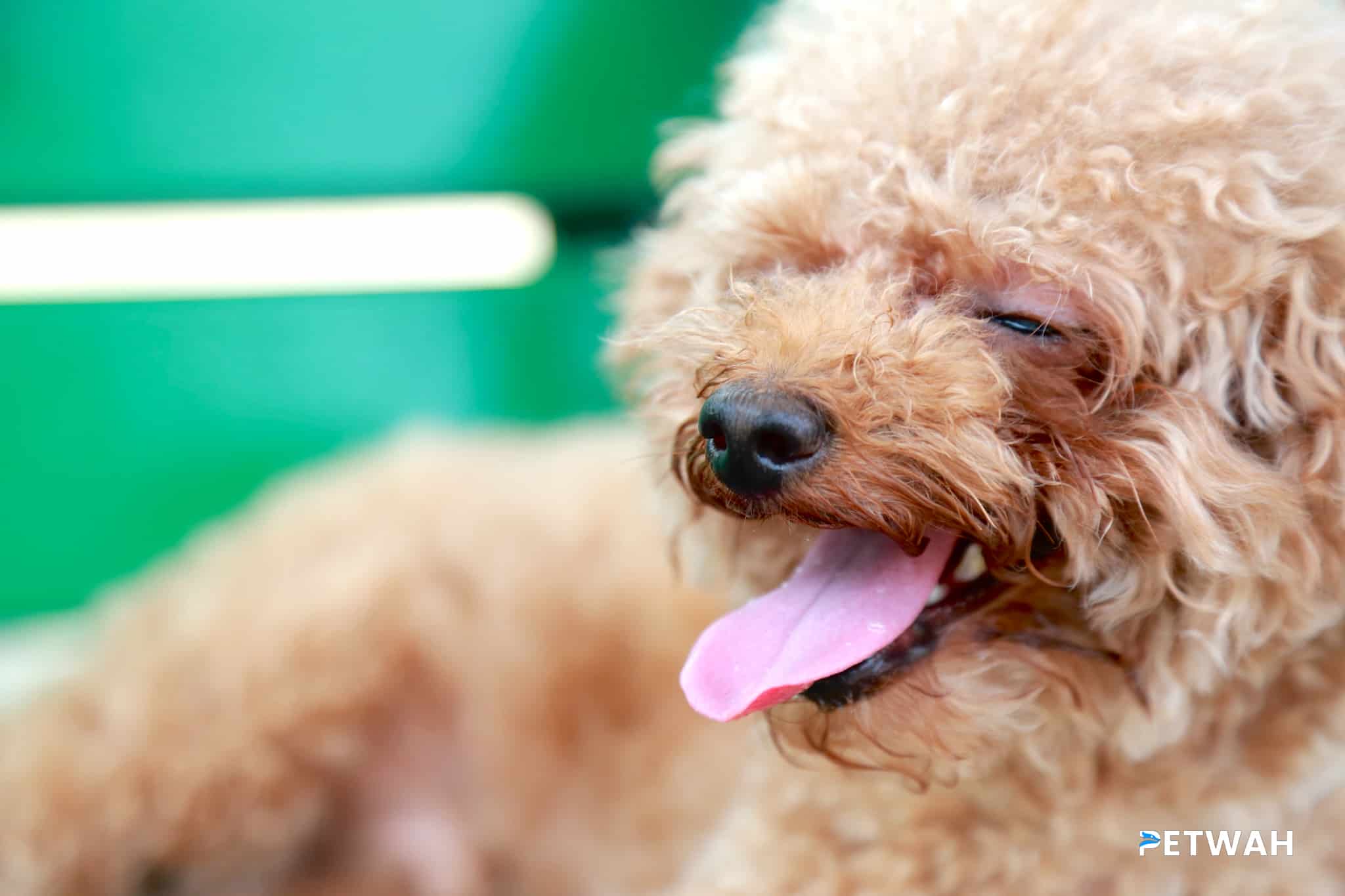Crate training is an essential part of raising a well-behaved and comfortable Golden Retriever. It provides them with a safe and secure space that they can call their own. However, crate training can be a challenging process if not approached correctly. In this blog post, we will explore some of the best strategies for crate training a Golden Retriever, ensuring they view their crate as a positive and comforting space.
Setting Up the Crate
The first step in crate training is to ensure that the crate is a welcoming and comfortable space for your Golden Retriever. Here’s what you need to do:
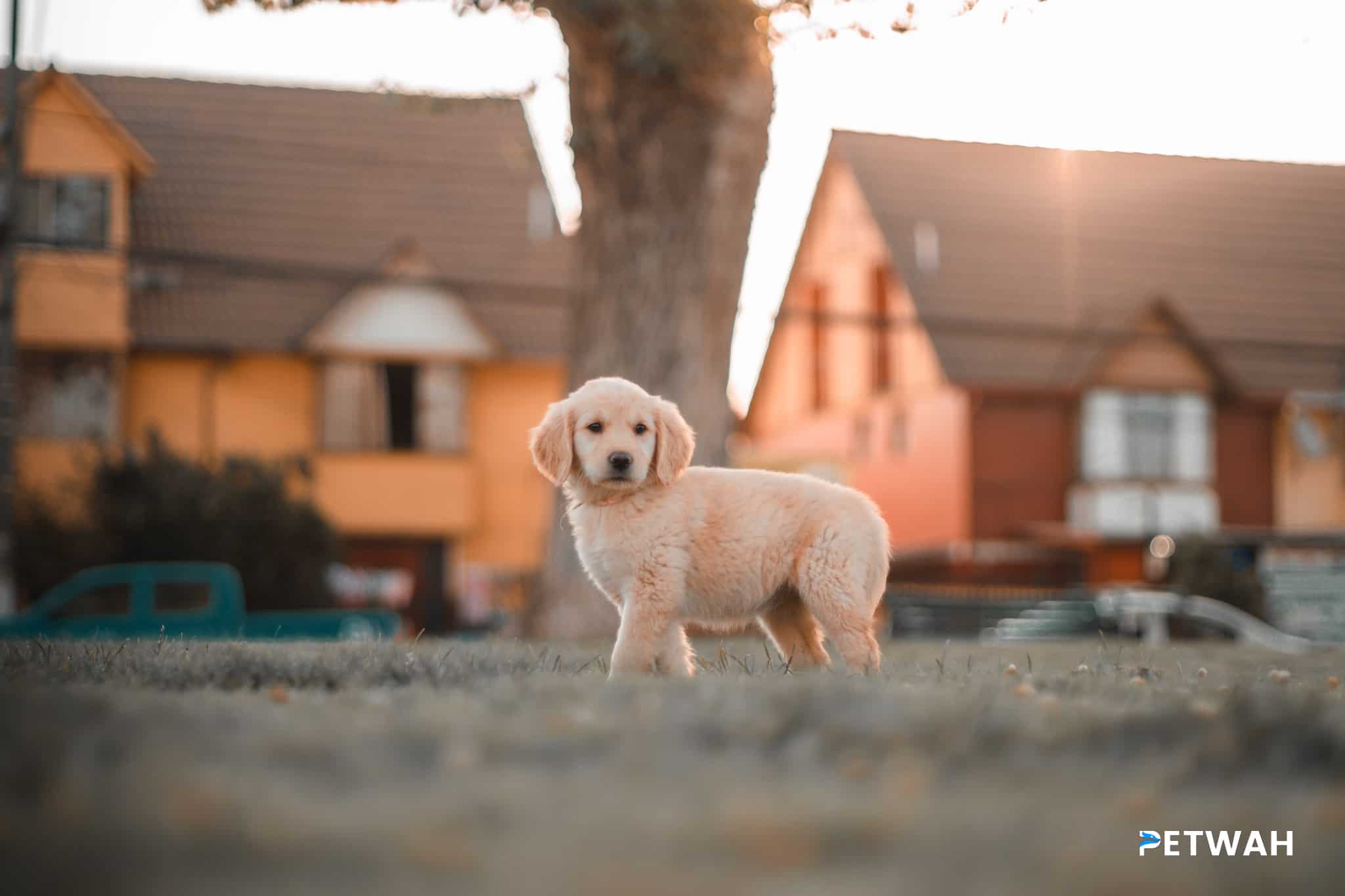
1. Choose the right size: The crate should be large enough for your Golden Retriever to stand up, turn around, and lay down comfortably.
2. Add bedding and toys: Place soft bedding and some favorite toys in the crate to make it cozy and inviting.
3. Location matters: Place the crate in an area where your Golden Retriever can still be part of the family, such as the living room. This will help them feel included even when they’re in the crate.
Introducing and Familiarizing Your Golden Retriever with the Crate
Now that you have set up the crate, it’s time to introduce your Golden Retriever to their new space and help them associate it with positive experiences:
1. Go slow and steady: Start by leaving the crate door open and allowing your Golden Retriever to explore it at their own pace. Never force them into the crate.
2. Positive reinforcement: Encourage your Golden Retriever to enter the crate on their own by using treats and praise. Reward them whenever they willingly go inside.
3. Mealtime in the crate: Gradually introduce feeding your Golden Retriever in the crate. This will help create positive associations with the space.
4. Gradual increase in time: Start with short periods of time inside the crate and gradually increase the duration. Make sure to always stay nearby during this process to provide reassurance.
Confinement in the Crate
Once your Golden Retriever is comfortable spending time inside the crate, it’s time to begin the process of confinement. Here are some tips to make this transition smoother:
1. Introduce a cue word: Choose a cue word or phrase, such as “crate time” or “kennel up,” to signal your Golden Retriever that it’s time to enter the crate.
2. Treats and toys: Provide special treats or toys that your Golden Retriever only gets when they are in the crate. This will help create a positive association with being confined.
3. Gradual increase in duration: Start by closing the crate door for short periods while you remain in the room. Slowly increase the time you leave them in the crate, building up to longer durations.
4. Calm exits and entries: Make sure to remain calm while letting your Golden Retriever in and out of the crate. This will help avoid associating crate time with excitement or anxiety.
Addressing Challenges
Crate training can sometimes come with challenges. Here are some common issues and how to address them:
1. Separation anxiety: If your Golden Retriever shows signs of separation anxiety when confined, consult a professional trainer or behaviorist for guidance on how to help them feel more comfortable.
2. Accidents in the crate: Accidents can happen during crate training, especially if your Golden Retriever is still in the process of being fully house-trained. Use positive reinforcement for successful potty training outside of the crate.
3. Whining or barking: If your Golden Retriever whines or barks excessively while in the crate, avoid rewarding them with attention. Instead, wait for a moment of calm before letting them out.
FAQs about Crate Training a Golden Retriever
Q1. Can crate training be used for housebreaking a Golden Retriever?
A1. Yes, crate training can be an effective tool for housebreaking a Golden Retriever. It helps establish a routine and teaches them bladder control.
Q2. How long can a Golden Retriever be left in a crate?
A2. Adult Golden Retrievers can typically be crated for 4-6 hours at a time, while puppies should not be left for more than 2-3 hours.
Q3. Is it necessary to use a crate for training a Golden Retriever?
A3. While crate training is not absolutely necessary, it can greatly assist in several aspects of training, including housebreaking and providing a safe space for your Golden Retriever.
Q4. Can a crate be used as a punishment for a misbehaving Golden Retriever?
A4. No, a crate should never be used as a form of punishment. It should always be associated with positive experiences and used as a means of comfort and security.
Q5. Are there alternative methods to crate training for Golden Retrievers?
A5. Yes, there are alternative methods such as using playpens or baby gates to confine your Golden Retriever to a safe area. However, crate training is often recommended for its numerous benefits.
In conclusion, crate training is an invaluable tool in providing your Golden Retriever with a safe and comforting space. By following the strategies outlined above, you can ensure that your Golden Retriever views their crate as a positive and welcoming environment. Remember to be patient and consistent throughout the training process, and always prioritize your Golden Retriever’s comfort and well-being.
If you’re looking for high-quality crates and other pet products, check out PetWah.com for a wide range of options to suit your Golden Retriever’s needs.


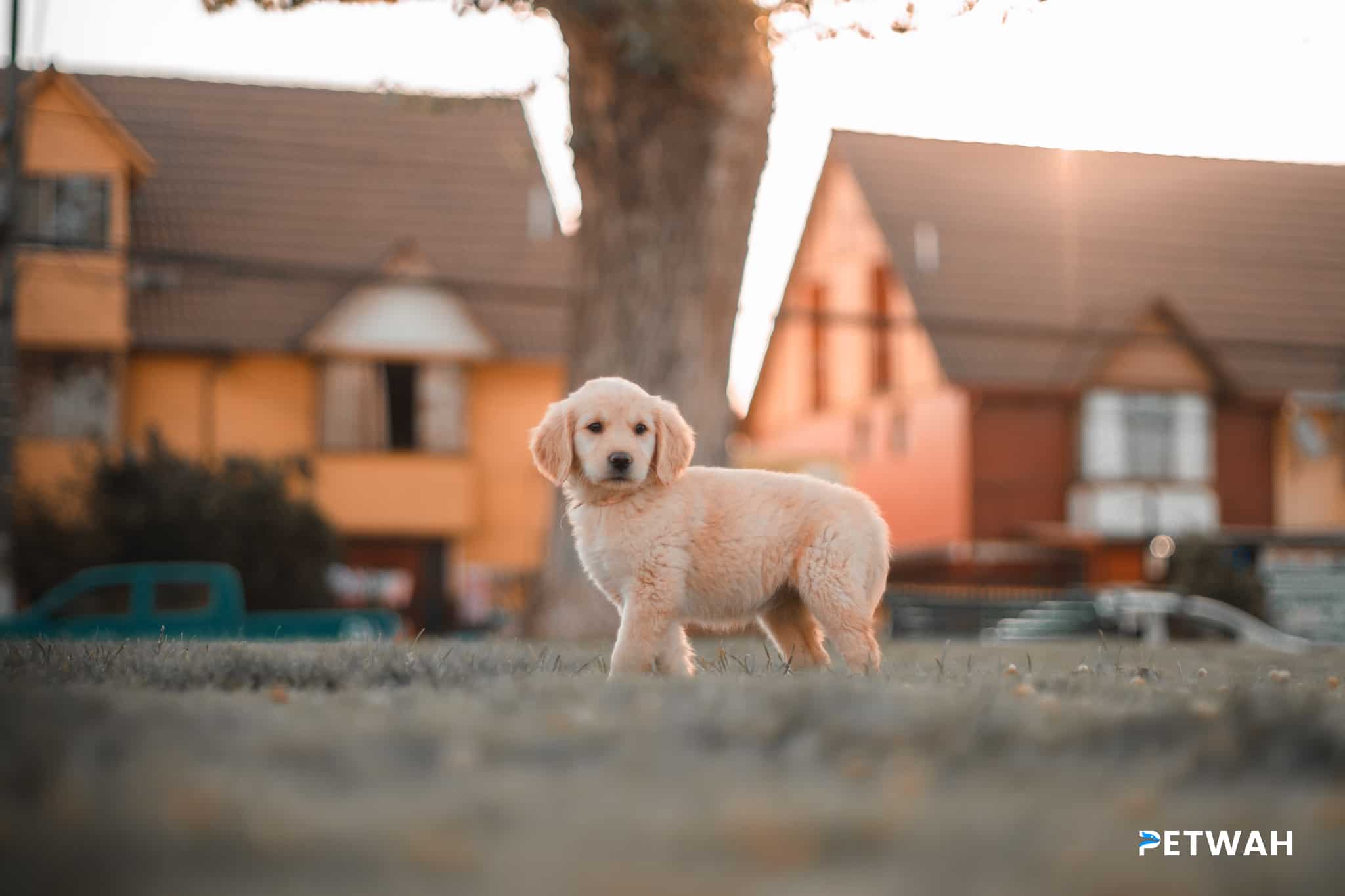
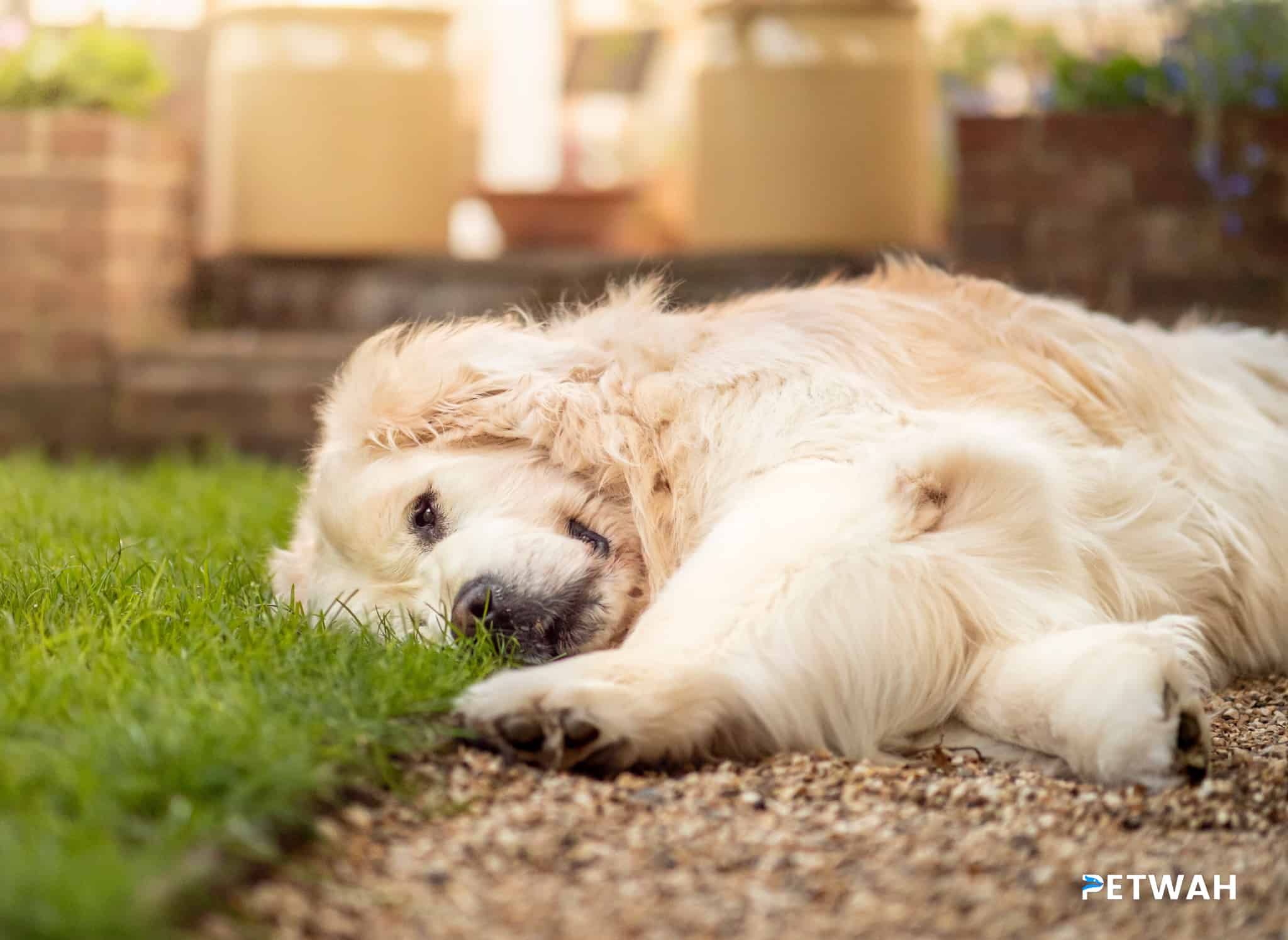

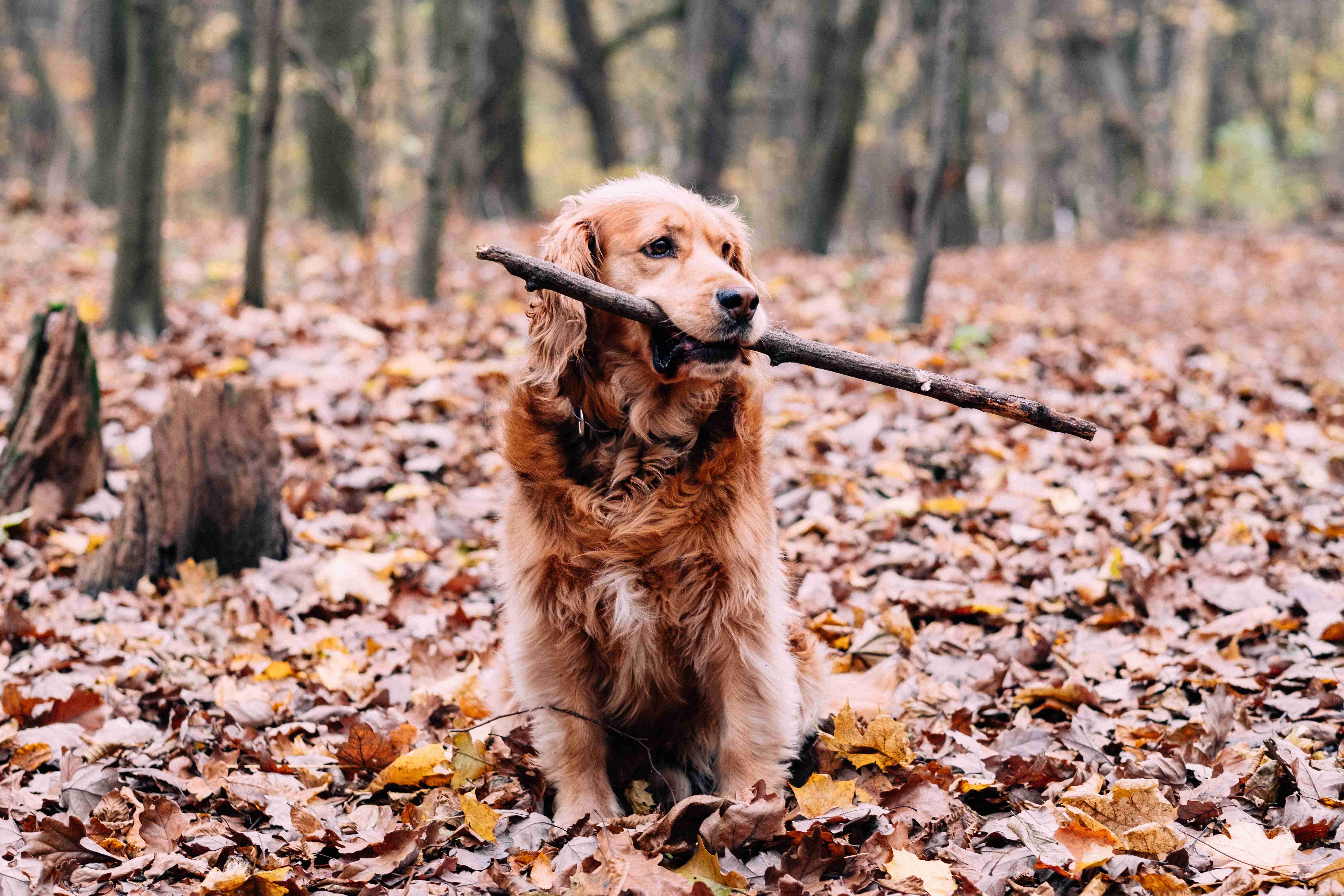
.jpg)
%20-%20Copy.jpg)
